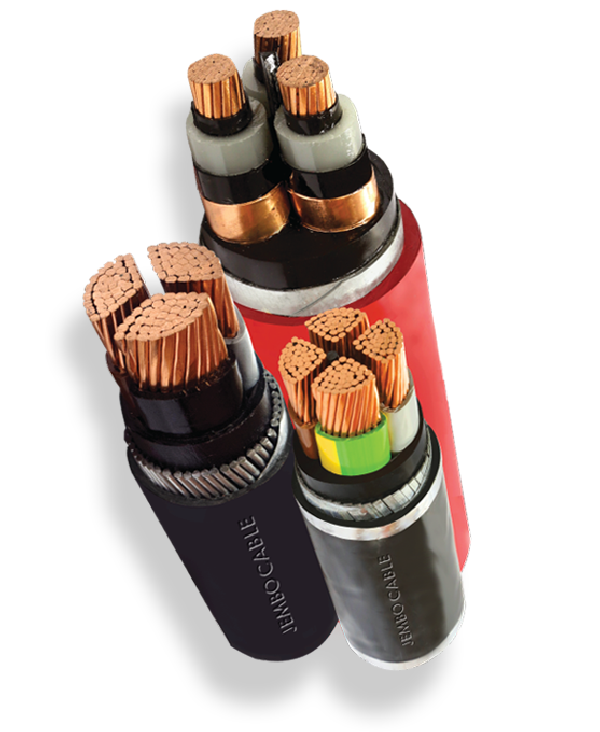What is FTTH?
FTTH, commonly abbreviated as Fiber To The Home, is an access network that connects service providers with equipment at the customer premises or Customer Premises Equipment (CPE) using fiber optic network transmission media. What services are distributed through FTTH? Typically, these services include internet connection, telephone, and IPTV.
FTTH available at Sinarmonas:
1. ODP (Optical Distribution Point)
ODP is a device used to distribute services to the customer side. Typically, ODP uses a splitter system to distribute services from one distribution cable to customers using several optical drop cables. There are three types of ODP:
- Pedestal ODP: commonly installed above ground.
- Pole / Wall ODP: used for installation on poles or walls.
- Closure ODP: used for fiber optic cable installation between two poles.
2. ODF (Optical Distribution Frame)
This device, in the form of a rack or frame, serves several functions, such as:
a. Housing for optical fiber splitters distributed to several ODCs in different areas.
b. Location for measuring and monitoring the fiber optic network.
3. ODC (Optical Distribution Cabinet)
ODC is a box or dome-shaped device made of special material primarily used for installing fiber optic cable connections. Typically, ODC devices are installed outdoors.
ODC devices also serve as splitters from one fiber optic core to several fiber optics. Usually, this device is used to split from one feeder cable to several distribution cables.
4. SCPT (Single Core Per Tube)
Distribution Cable is a type of fiber optic cable used to distribute services to smaller areas. Typically, this cable is used to connect services from ODC devices to ODP devices. The commonly used fiber optic cable for distribution is SCPT (Single Core Per Tube) type.
5. Patchcord
Short fiber optic cables usually installed inside homes, used to connect ONT or ONU devices to the internet provider's network.
6. Pigtail
Pigtail optic fiber is a fiber optic cable terminated with a factory-installed connector at one end, leaving the other end unattached. This allows the connector end to be connected to equipment while the other end is fused with the fiber optic cable.
7. Joint Closure
A box or enclosure used to house fiber optic splices.









.gif)
